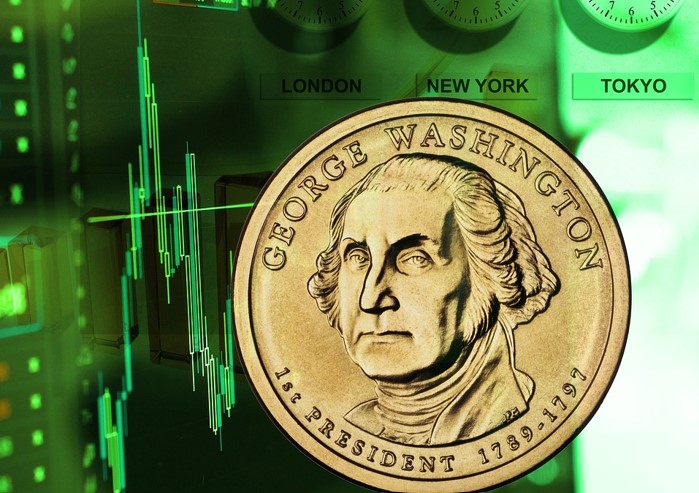With it, traders can easily view correlation coefficients between different currency pairs and use this information to inform their trading decisions.
Currency correlation refers to the statistical relationship between two currency pairs. It measures how the price of one currency pair moves in relation to another. The correlation coefficient ranges from -1 to +1, where a value of +1 indicates that the two pairs move in the same direction all the time, -1 indicates they move in opposite directions all the time, and 0 indicates no relationship between them. Various factors influence the correlation between currency pairs, leading some to move in tandem while others move in opposite directions.
One popular platform that offers a range of tools for analyzing currency correlations is
MetaTrader 4. With it, traders can easily view correlation coefficients between different currency pairs and use this information to inform their trading decisions. The software also offers the ability to create custom indicators and scripts, which can be used to automate trading strategies based on currency correlations.
Positive Correlation
Positive correlation in forex trading refers to the relationship between two currency pairs that move in the same direction. In other words, when the value of one currency pair increases, the value of the other currency pair increases as well, and vice versa.
One of the most commonly cited examples of a positively correlated currency pair is the AUD/USD and NZD/USD pairs. These two pairs are positively correlated because both currencies are commodity-linked currencies and are heavily influenced by similar economic factors. For instance, if the price of gold increases, both AUD/USD and NZD/USD pairs are likely to increase in value since both currencies are associated with gold-producing countries. As a result, traders may use the positively correlated AUD/USD and NZD/USD pairs to hedge their positions against market volatility or as a diversification strategy.
Negative Correlation
Negative correlation refers to the opposite movement of two currency pairs, meaning they tend to move in opposite directions. In other words, when one currency pair appreciates in value, the other currency pair will depreciate. Negative correlation is a useful concept in forex trading because it allows traders to diversify their portfolios and hedge against risks.
An example of a negative correlation is the USD/JPY and the EUR/USD currency pairs. As the USD/JPY pair moves higher, indicating a strengthening of the US dollar, the EUR/USD pair moves lower, indicating a weakening of the euro. This is because the USD/JPY currency pair represents the value of the US dollar relative to the Japanese yen, while the EUR/USD currency pair represents the value of the euro relative to the US dollar. Thus, if the US dollar is strong against the Japanese yen, it is typically weak against the euro.
No Correlation
When two currency pairs have a correlation coefficient of zero, there is no statistical relationship between the movements of the two pairs. In other words, the movement of one currency pair does not impact the movement of the other.
A lack of correlation between currency pairs is often seen as an opportunity by forex traders, as it provides diversification and reduces the risk of a single event impacting all trades. For example, if a trader has a long position on one currency pair that is not correlated with another currency pair in their portfolio, a negative event that impacts the first currency pair is less likely to also impact the second currency pair. This can help to reduce the overall risk of the portfolio.
Using Currency Correlations in Trading Strategies
One common strategy using currency correlations is known as the "hedging" strategy. This involves taking positions in two currency pairs that are negatively correlated, such as USD/JPY and EUR/USD. If one currency pair experiences a loss, the other may experience a gain, which can help to offset losses and potentially minimize risk.
However, it is important to note that hedging involves additional costs, such as spreads and commissions, which can impact overall profitability.
Currency correlations can also be used to help identify potential trading opportunities. For example, suppose a trader sees that two currency pairs are strongly positively correlated, such as AUD/USD and NZD/USD. In that case, they may choose to trade both pairs simultaneously, with the expectation that if one experiences a gain, the other may as well.
Important Note
It is important to note that while currency correlations can provide valuable insights into the market, they are not foolproof and should not be relied on solely to make trading decisions. Factors such as geopolitical events and economic indicators can also impact currency movements and should be considered. Traders should also be aware that correlations can shift over time, so regular monitoring and adjustments to trading strategies may be necessary.






